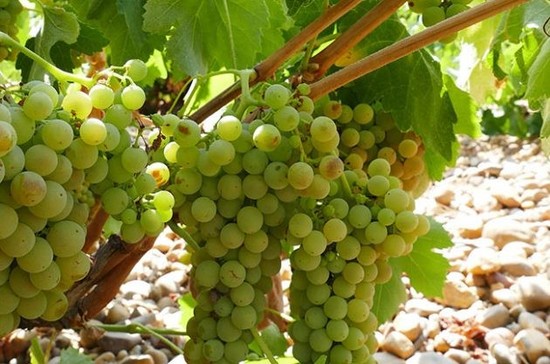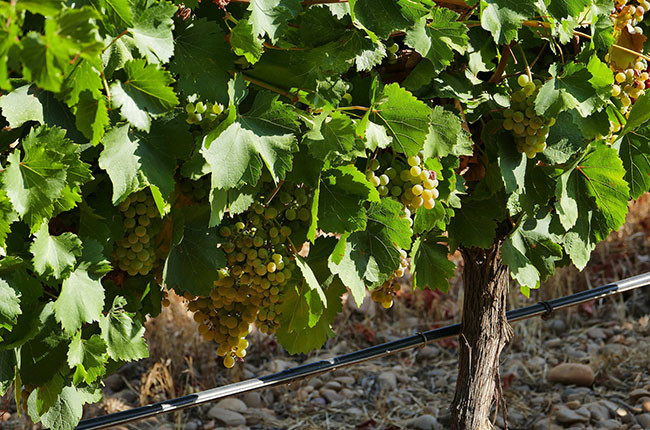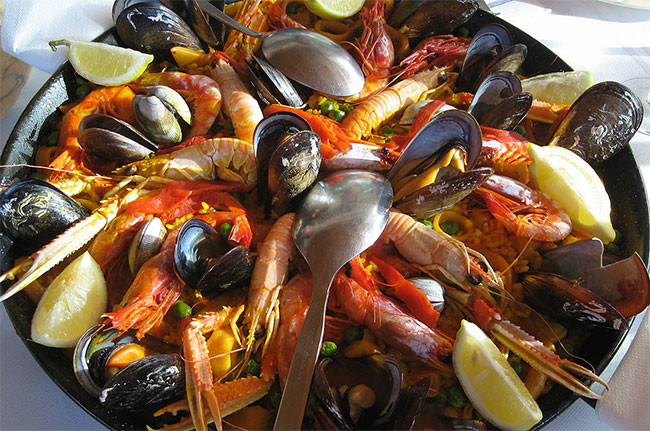In partnership with DO Rueda

Verdejo is the grape that put the little region of Rueda on the world wine map, where it’s made into some of Spain’s finest white wines.
Its name, relating the Spanish word for green — ‘verde’ — was inspired by its brightly verdant berries. Note: it is not be confused with the similar sounding Verdelho grape from Portugal.
Up until the 1970s, Palomino had been the primary grape of Rueda, and it was made into fortified wines that never reached much national or global acclaim.
But, it was Verdejo that would rise to the fore in subsequent decades. Marqués de Riscal arrived on the scene from Rioja to help spearhead this trend. Working with famed French enologist Émile Peynaud, Marqués de Riscal recognised Rueda’s potential for producing high quality Verdejo wines.
Soon the duo began cultivating the crisp unoaked white wine style that raised Rueda to Denominación de Origen status in 1980. Since then many other esteemed producers have established reputations for their Rueda Verdejo, and its revival chimed well with the rising popularity of dry and aromatic white wines.
Prior to its rise in Rueda, Verdejo had been a relatively under-appreciated variety.
Verdejo wines were mostly oxidised to produce yellowish brown fortified wines, that often tasted as unremarkable as they looked. Then, in late 19th century it was nearly wiped out by a serious outbreak of Phylloxera, a vine-destroying parasite.
As for its earlier history, it is believed that the varietal was brought to the region in the 11th century by the mozárabes from North Africa.
* One of a group of Spanish Christians who adopted certain aspects of Moorish culture but continued to practice Christianity when Muslim rulers governed southern Spain.
What does Verdejo taste like?
A typical young Verdejo wine appears pale greenish yellow in the glass, with flavours to match — fennel, grassy and citrus notes, as well as hints of stone fruits like white peach. Its herby citrus character has much in common with Sauvignon Blanc, and sometimes the two are blended to make aromatic, full-bodied white wines.
You may also see Verdejo blended with Rioja’s green Viura grape, but bear in mind that wines labelled Verdejo must legally contain 85% Verdejo and more balanced blends are usually labelled Rueda instead.
Verdejo is popularly sold to be drunk young, when its green notes are most prominent. However, some do age favourably in the bottle, as its high acidity can provide good structure and rich nutty flavours come to the fore.
Translated by ICY
All rights reserved by Future plc. No part of this publication may be reproduced, distributed or transmitted in any form or by any means without the prior written permission of Decanter.
Only Official Media Partners (see About us) of DecanterChina.com may republish part of the content from the site without prior permission under strict Terms & Conditions. Contact china@decanter.com to learn about how to become an Official Media Partner of DecanterChina.com.



Comments
Submit